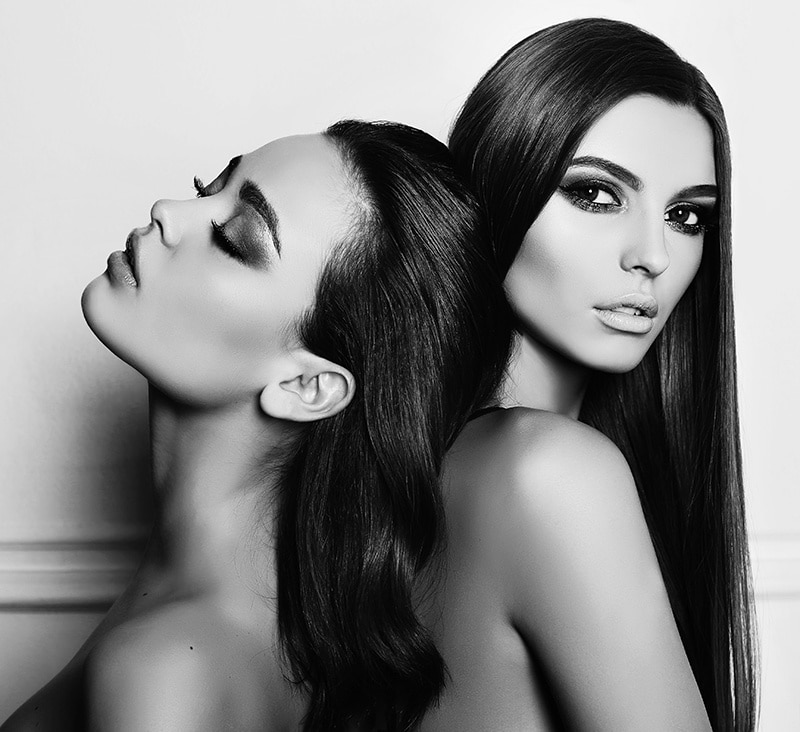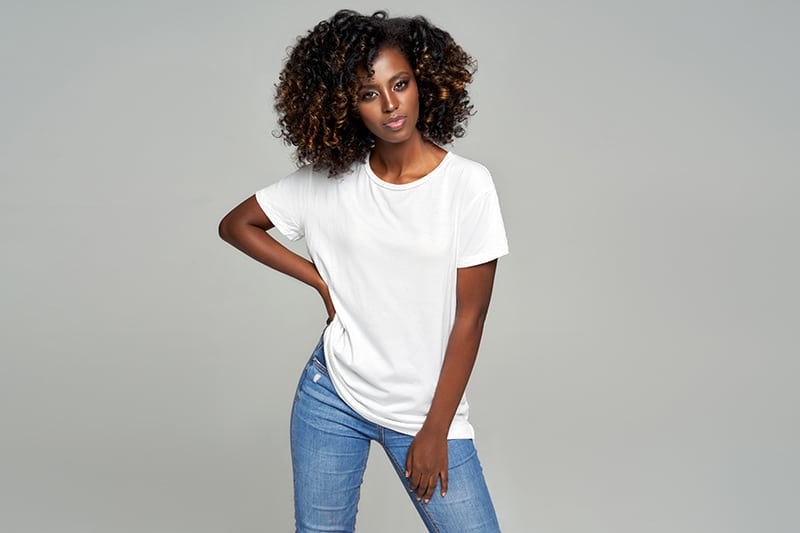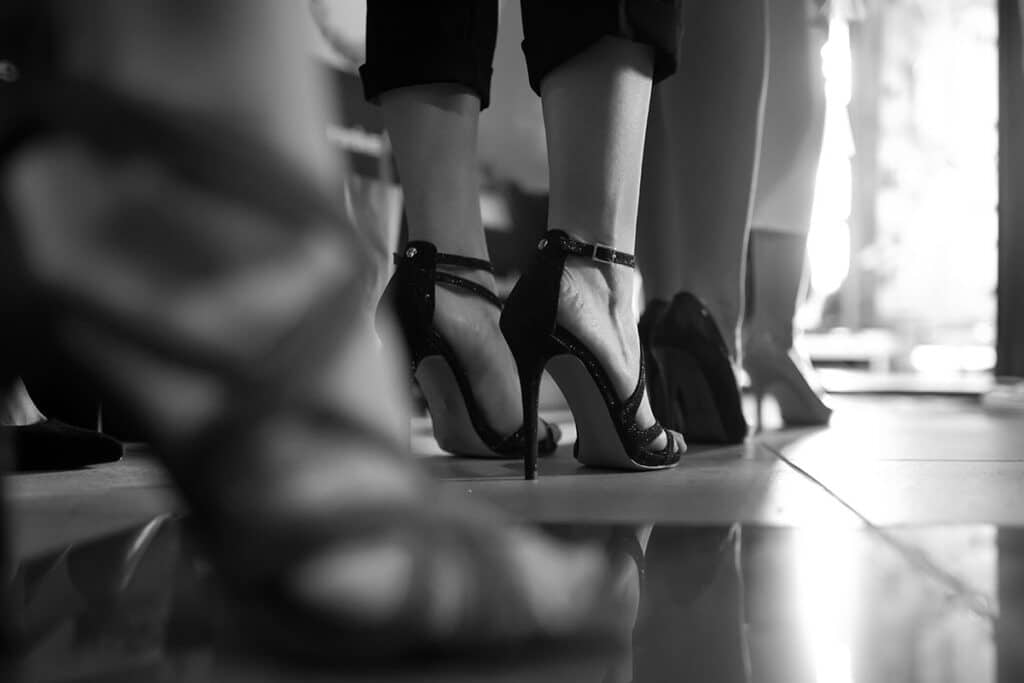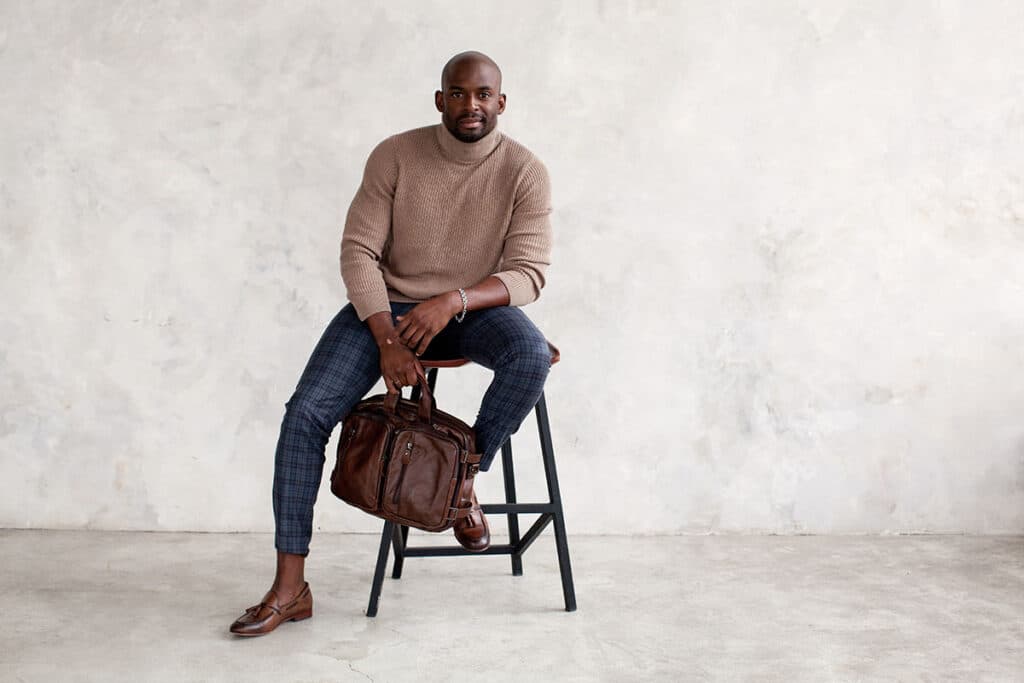What is Cancel Culture? The Impact On Modelling
No Comments • Uncategorized • By Melissa

Cancel culture, also known as “call-out culture”, is a phrase used to refer to a form of ostracism in which someone is pushed out of social or professional circles, usually online on social media, because the person has done or said something offensive or publically regarded as wrong.
Cancelling is typically done by boycotting purchasing items sold by the person/company, or by ignoring, blocking, or banning them from certain places, people and systems. Cancellation can often result in job loss for the individual targeted, so repercussions can be severe.
But what impact could this have on the modelling industry? Are there some things models should be aware of to avoid cancellation?

Cancel Culture: Activism or Bullying?
Most people believe that cancel culture is a way of keeping people accountable for their actions, particularly those in privileged positions who might not otherwise face consequences. But it has become more than that; it’s now a tool of social justice, a way of combatting power imbalances that have long existed between public figures like celebrities and the general population.
But there is an argument that cancel culture has spun out of control; the worry is that social media can create mob mentality and bullying.
Those who are victims of cancel culture are not likely to have their careers cancelled entirely, but many have faced considerable damage to their reputation and plenty of criticism that can cause lasting mental damage. Cancel culture may be seen as a form of activism to many, but it has also become a way of shaming members of the public we disagree with – and that in itself is a concern, because it does not allow space for the individual to apologise and learn from their mistake. Instead, they find themselves facing intense ostracism and online negativity from thousands, if not millions of people at once.
The other cause for concern is that merely witnessing cancel culture can cause people to panic and keep quiet about subjects they may otherwise have voiced an opinion on. These opinions can be important if they are able to influence positive change or even educate. People have become so afraid of saying the wrong thing they choose instead to say nothing at all. On the other hand, people may even find themselves talking about subjects they know little about to avoid getting cancelled for appearing uncaring about certain topics.

Examples of Cancel Culture in Recent Mass Media
An example of cancel culture is the J.K. Rowling argument. Author of the Harry Potter series, Rowling has faced intense criticism, a boycott and a mass debate after some remarks she made that many found transphobic. However, following her “cancellation’, Rowling continued to sell many of her later books and actually saw sales increase in the UK.
Another current example of cancel culture is the Black Lives Matter Movement. Any public figures or even brands who did not publically address or voice support for the movement found themselves facing significant backlash from the public.
Kim Kardashian is another example. Her brand ‘Skims was originally called ‘Kimono’, which many saw as cultural appropriation. After a huge uproar from the public as well as the Japanese government, Kim rebranded and publically apologised while acknowledging her mistake.
Models Who Have Been Cancelled
Supermodel Chrissy Teigan faced cancellation after some of her earlier tweets on Twitter came to light. They showed her being negative toward TV personality Courtney Stodden, who was 16 at the time and marrying Doug Hutchison, a 50-year-old actor. The tweets led to Teigan losing lucrative deals with Target, Bloomingdale’s and Macy’s.

Inappropriate or Inexcusable?
The main issue with cancel culture is that it seemingly does not allow space for errors to be made. We all make inappropriate mistakes due to a lack of knowledge or foresight, but does this mean we should lose our jobs and be publically heckled?
Of course, more serious issues such as sexual assault or racism need to be dealt with appropriately. This is when cancel culture can be very effective; it’s a proven way of holding people accountable who perhaps may have gotten away with such actions in the past.
However, another issue is that errors made years ago are being brought to the surface. We have less tolerance for offensive opinions nowadays, but this wasn’t the case a mere 10 years ago. But social media doesn’t forget. Now there are journalists, companies checking their job candidates and members of the public who spend hours trawling through years of old social media posts to find old comments, tweets or posts that we would not find acceptable today. Many celebrities and influencers have found themselves having to apologise for offensive comments made in their youth; an example is ex-YouTuber Jenna Marbles, who has since deleted all her social media platforms in order to hold herself accountable after some old offensive videos came to light. Those job-hunting may be turned down from a job role if any previous social media posts are deemed offensive or not in line with the company policies.
Where is the line between inappropriate and inexcusable, and who gets to decide?
Let’s take a look at how cancel culture has affected the fashion industry.

Cancel Culture & the Modelling Industry
As a creative environment, the fashion industry has had to tone down and be wary of creating hostility where previously it would have found none. Many in the industry are terrified of making mistakes.
An example of this is a fashion show set to be in Shanghai, China, that was abruptly cancelled a mere 5 hours before the show was set to begin. A combination of culturally insensitive campaigns and allegedly dreadful behaviour by Stefano Gabbana (brought to the forefront by Diet Prada, an Instagram account and fashion watchdog group) led to the show being shut down. The backlash was so insurmountable that, even today, the brand in question has yet to recover.
Designer Tom Ford has spoken out about his dislike for cancel culture. ‘Everything is considered appropriation’, Tom Ford said about cancel culture. He blamed it for ‘inhibiting design’ and said he misses the time people could ‘celebrate other cultures’.
He said: ‘Cancel culture inhibits design because rather than feeling free, the tendency is to start locked into a set of rules. Everything is now considered appropriation. We used to be able to celebrate other cultures. Now you can’t do that.’
The fashion industry is well-known for its cultural insensitivity. But cancel culture at this scale clearly poses a dilemma; while it may rightfully bring justice to anyone who constantly and consistently abuses their position of power, it also causes other creatives to be so fearful of offending that it limits their creativity.
There are no set rules to follow with regards to cancelling someone, which is problematic. So how does an aspiring model navigate this minefield?
Coping with Cancel Culture in Modelling
It’s important that anyone who does work in the industry makes an effort to educate themselves. While we all make mistakes, being conscious of other people’s perspectives, cultures and religions will help individuals and brands limit the chance of a potentially catastrophic cancellation.
However, cancellation can often not be fully avoided because it regularly occurs when people unknowingly cause offence. Whether that is offending a culture or community through words or fashion design choices, not understanding nuances of actions, or entirely missing/avoiding certain conversations, it’s the way you respond that is most important.
Firstly, you should ensure you have a strong and supportive network around you. Ensure you have those in the industry you can trust and that you can ask questions of. Try to work with a wide array of people from many different backgrounds, and ensure you are polite and respectful to everyone you meet.
Be open to learning from difficult conversations and be willing to understand where certain issues lie. Understand thoroughly how to show remorse and understanding if you do happen to miss the mark.









